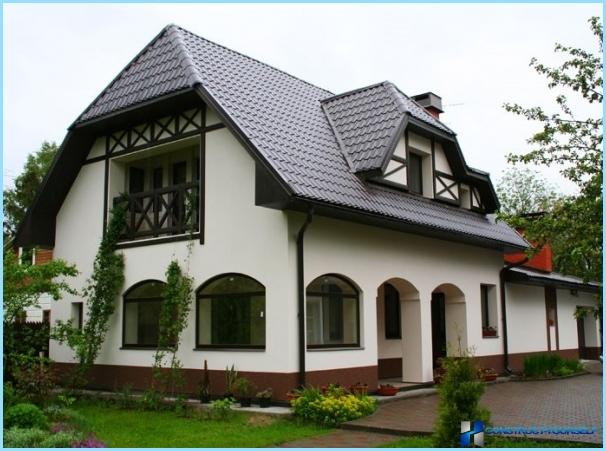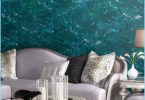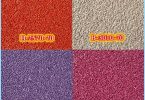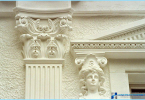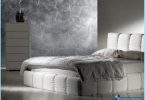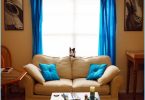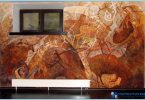The contents
What kind of materials were used for finishing works on the facade of the building depends not only on its visual appeal. High quality finished facade has practical significance, greatly increasing the operational performance of the entire building, reducing heat loss in cold time of the year, simplifying the process of care for the building and, ultimately, prolonging its life. One of the most common and popular ways of finishing can be considered as the plastering of the façade of the different compositions that you can color in the desired color or to paint later. Currently, the most widely two types of plasters – mineral and polymer, and the latter have the greatest number of advantages for outdoor decoration of buildings for any purpose.
Acrylic plaster for facade – easy application, excellent results ↑
Acrylic decorative plaster is just the perfect finishing material for the newly rebuilt houses that are in the process of operation even shrinks, often leading to the formation of small cracks in the walls of the building. If you facade at this stage plastered mineral composition, its surface is inevitably formed web from well visible, fine cracks that spoil the appearance of the house.
This version of events is completely eliminated if the finishing was used acrylic plaster, which has such advantages as:
- a high degree of flexibility, which prevents its cracking in the process of continuous operation;
- a high degree of resistance to extreme temperatures;
- forms a permeable coating that will not prevent the natural air exchange;
- a high degree of adhesion to any of the mineral bases (concrete, brick, etc.);
- dry compound practically does not absorb dirt and dust for a long time, keeping the facade clean.
- easy care – simply rinse the facade with a water hose;
- the possibility of tinting (computer or standalone) in any color.
In addition, it is possible to put in a base color, and for coloring later suitable paint on plaster, which is also tinted at the request of the owner of the house. The main disadvantages of the material include the inability of plastering the facades, insulated with mineral wool, as well as some complexity with the process of the application, since acrylic exterior stucco should be applied directly on the entire surface of the wall (1 day), otherwise there may be slight differences in the color of the coating.
Unlike other types, acrylic exterior stucco for exterior use allows for tinting in a fairly intense, saturated colors, because it allows the introduction of the maximum amount of coloring pigment.
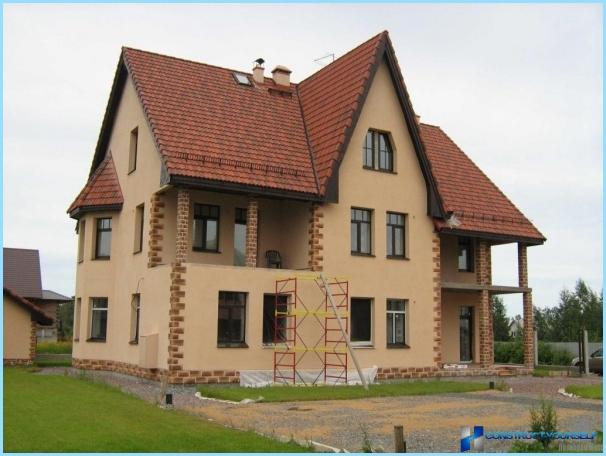
Competent surface preparation as the key to a great result ↑
With the use of acrylic plaster for the exterior, it is important to properly prepare the existing surface. This will not only create a quality surface, but also to facilitate the process of applying the composition. The preparation process usually takes much time and cost, especially if the plastering is preparing the facade of the newly built buildings.
To plaster acrylic polymer held on the basis of steady and long, it must be thoroughly cleaned from all types of stains, especially oil stains, bitumen, etc. Should be extremely carefully inspect the facade to identify the foci of fungal (mold). If available, you will need treatment with special antifungal compositions, after drying, of which the entire surface must be treated with an acrylic primer. In this case, if the Foundation is old and loose, the primer is applied in two or three layers with intermediate drying of each of them at least 1.5 – 2 hours. You can then proceed directly to the plastering.
Applying acrylic plaster with their hands ↑
Despite some of the nuances of working with the finished composition, of the question how to apply acrylic decorative plaster practically does not occur because of the relative ease of the whole process. To work with this solution, most preferably in not the sunniest day, not to boost the process of drying. If you use a tinted composition, then immediately you must define a wall of a building, which can easily be plastered in one day, without long interruptions.
In that case, if standard, smooth surface on the facade of the unwanted, and the owner of the house wants to highlight its structure, can be used decorative acrylic plaster ceresit ct 60 kameshkovaya. With all the advantages of facade acrylic plaster, due to the presence of a filler made of marble chips of a certain faction, it allows you to make a textured surface type «woodworm». Acrylic decorative plaster bark is applied almost as a standard option, with only difference that after application it is overwritten with a steel float. Making a circular motion to obtain a distinct pattern and its final appearance will depend on the movements of the float.
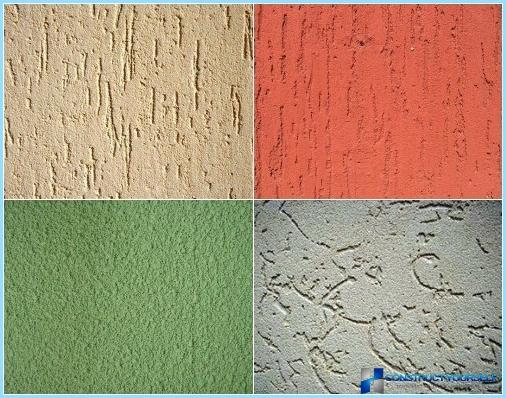
Acrylic textured plaster Cerezyme, after drying forms a vapor permeable and sufficiently elastic coating, which protects the facade of the building from adverse atmospheric influences. It is worth remembering that after applying acrylic plaster woodworm needs to be protected from direct impact of sunlight, preferably in shade of her awning/protective net for 1-2 days. Also undesirable moisture in the process of drying. In addition, plaster decorative acrylic kameshkovaya can be used when the walls of corridors, kitchens, loggias or terraces.
Acrylic stucco – both inside and outside ↑
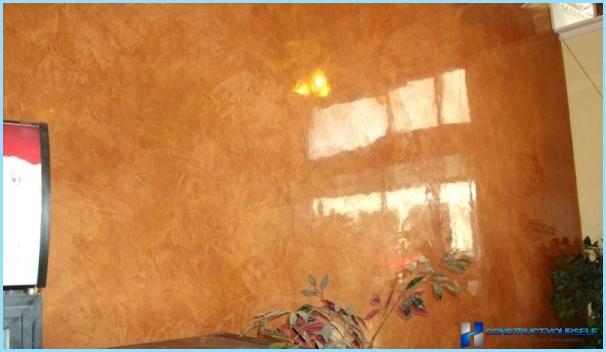
Acrylic decorative plaster is appropriate not only for the protection of the facade. Some of its species are used to create a chic interior. For example, acrylic Venetian plaster allows you to quickly create surfaces that mimic the Palace decorations of antiquity. Acrylic plaster for interior work can be used on all substrates (plasterboard, concrete, plastered surfaces). Due to its high environmental friendliness it can be used in any room of the house including children’s rooms, but as yourself, are applied to the wall shown in the video
Despite some difficulty during the application process facade acrylic plaster can be machine way – by using special systems, the process of plastering is not only significantly faster but also significantly increases the strength of adhesion of plaster to the base. This effect is observed due to the fact that the composition is thrown to the wall of the building under considerable pressure, penetrating into the smallest pores and cracks. The machine can easily handle the cottage large in one working day.
Quite often, the owners of houses in doubt, what it is, mineral or acrylic plaster would be more appropriate, practical and durable. Here it is rather difficult to give a definite answer as mineral (for example, cement) plaster has less restrictions on the quality of the base, can be applied at negative temperatures (moderate), and the cost of such material is much lower. But cement composition will not turn color because it has a dark starting color and it will need to be painted after application. For this approach acrylic paint for external works on plaster, which had previously added the desired shade of pigment.
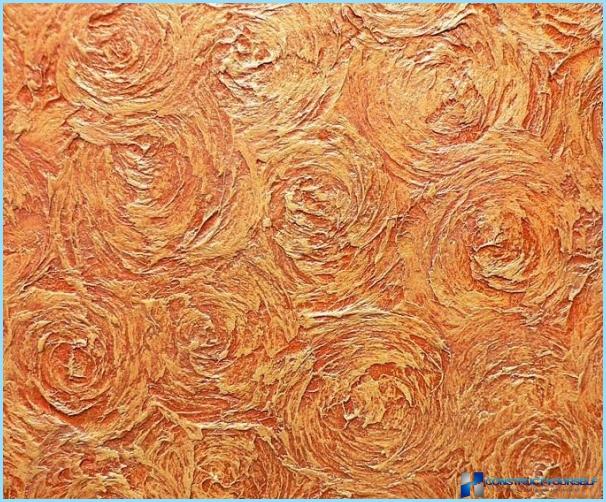
If you talk about what a plaster is better acrylic or silicone, the latter option will cost more, but the silicone formulation allows you to enter in the composition of the various fillers, thanks to which you can experiment with a surface able to create a desired texture, for example, «coat», lamb» etc. Silicone plaster is also possible initially to color, or paint after applying it to the base.

